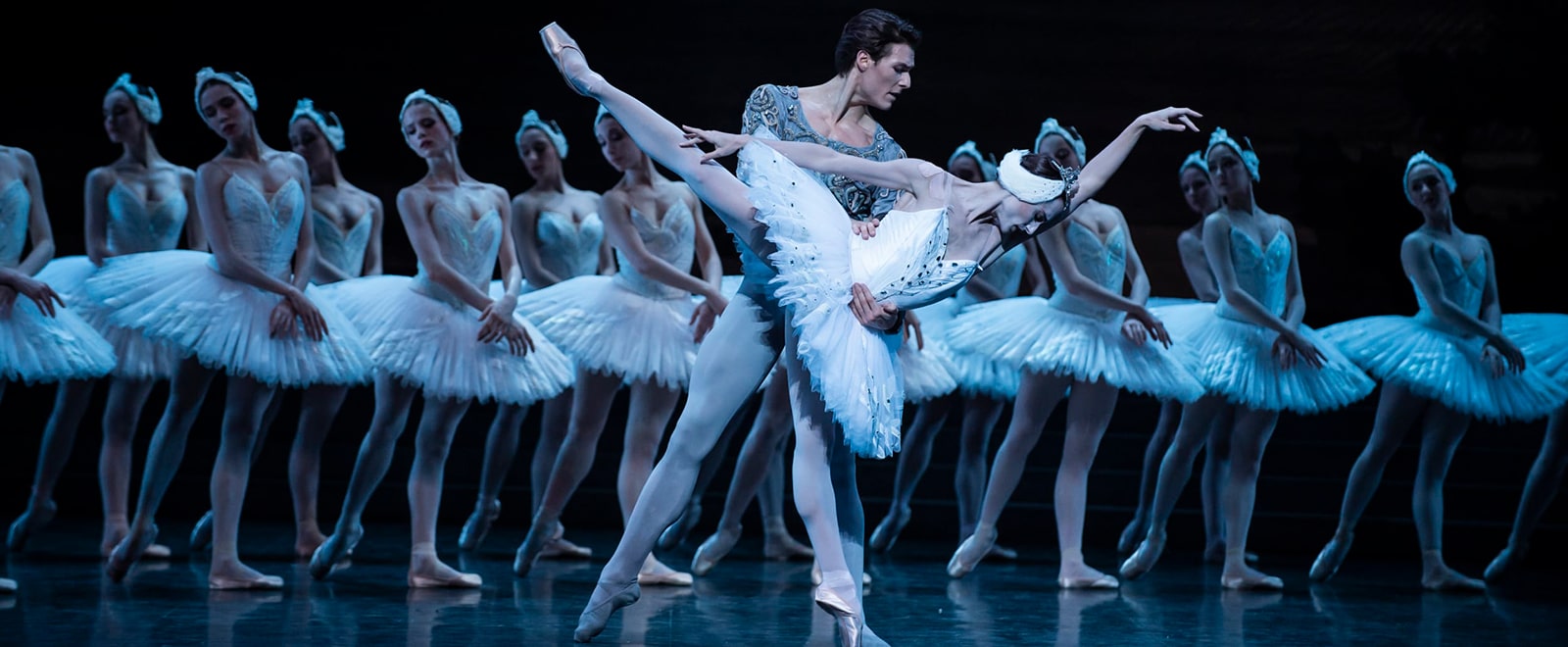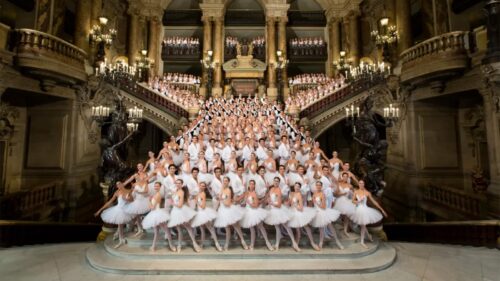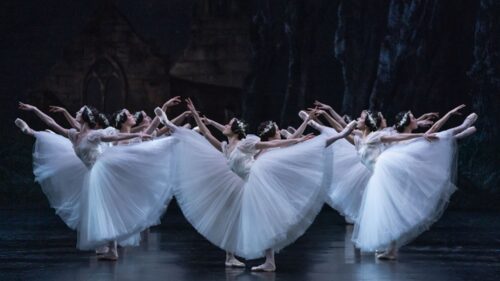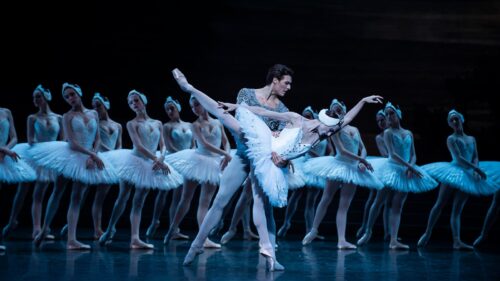
The Paris Opera Ballet was the birthplace of classical dance. It was here that the fundamental principles of ballet technique, imported from Italy by Catherine de Medici in the 16th century, were painstakingly developed and perfected by the court ballets in a process that continued under the reign of Louis XIV. The Sun King, who wished to transform noble style into a genuine stage art, founded the Royal Academy of Dance in 1661. It would be the first French institution responsible for fixing the rules of dance and for its teaching. In 1669 he inaugurated the Royal Academy of Music (the Paris Opera’s original name) which became home to Europe’s first professional dance troupe. When, in 1713, he gave orders for the creation of the Dance School, the essential foundations were laid to ensure the future development of a professional company.
Since then the Paris Opera Ballet has without interruption pursued its dual vocation as both a repository for the repertoire and a center for creation. From as early on as the 18th century French dancers and choreographers would perform all over Europe and bring back these foreign influences to Paris. Among the illustrious initiators of these exchanges stand out the names of Jean-Georges Noverre (in Germany, London and Vienna), August Bournonville (in Denmark), Charles-Louis Didelot, Jules Perrot, Arthur Saint-Léon and Marius Petipa (in Russia), not forgetting the Vigano and Taglioni families (in Italy). This process reached a pinnacle in the 19th century with the creation of La Sylphide by Philippe Taglioni (1832), the first ballet to be danced in white tutus, and Giselle by Jean Coralli and Jules Perrot (1841), which marked the peak of the romantic period. Making use of techniques that were avant-garde for the times (pointes, vols suspendus), these choreographies were soon to become the hallmarks of the magical universe of the “ballet blanc” and the ballerina’s vocabulary.
In the 20th century, the Company explored new realms of dance under the guidance of several great ballet masters and choreographers, in particular Serge Lifar and Rudolf Nureyev, who would considerably extend the repertoire. Famous dancers such as Albert Aveline, Carlotta Zambelli, Lycette Darsonval and Yvette Chauviré would also contribute to the company’s excellence by making available their savoir-faire through the Ballet School.
Today the Ballet, remains a vital center for the living arts alternating revivals and new works and playing host to the greatest contemporary choreographers and numerous foreign dance companies. The Company has a vast repertoire including references both romantic (Joseph Mazilier, Philippe Taglioni) and classical (Marius Petipa), works from Serge Diaghilev’s Ballets Russes, modern choreographies (Martha Graham, José Limon), neoclassical ballets (George Balanchine, Roland Petit, Jerome Robbins, John Neumeier and John Cranko), contemporary works (Alvin Ailey, Pina Bausch, Maurice Béjart, Carolyn Carlson, Merce Cunningham, Anne Teresa De Keersmaeker, Nacho Duato, Mats Ek, William Forsythe, Jiří Kylián, Ohad Naharin, Alwin Nikolaïs) and newly-commissioned works by guest choreographers (Jérôme Bel, Davide Bombana, Trisha Brown, Sidi Larbi Cherkaoui, Odile Duboc, Jean-Claude Gallotta, Emanuel Gat, Damien Jalet, Michel Kelemenis, Abou Lagraa, Blanca Li, Susanne Linke, Édouard Lock, Thierry Malandain, Wayne McGregor, Benjamin Millepied, José Montalvo, Michèle Noiret, Robin Orlyn, Angelin Preljocaj, Alexei Ratmansky, Laura Scozzi, Saburo Teshigawara, Sasha Waltz) and by artists from the Company.
Director of Dance, José Martinez



